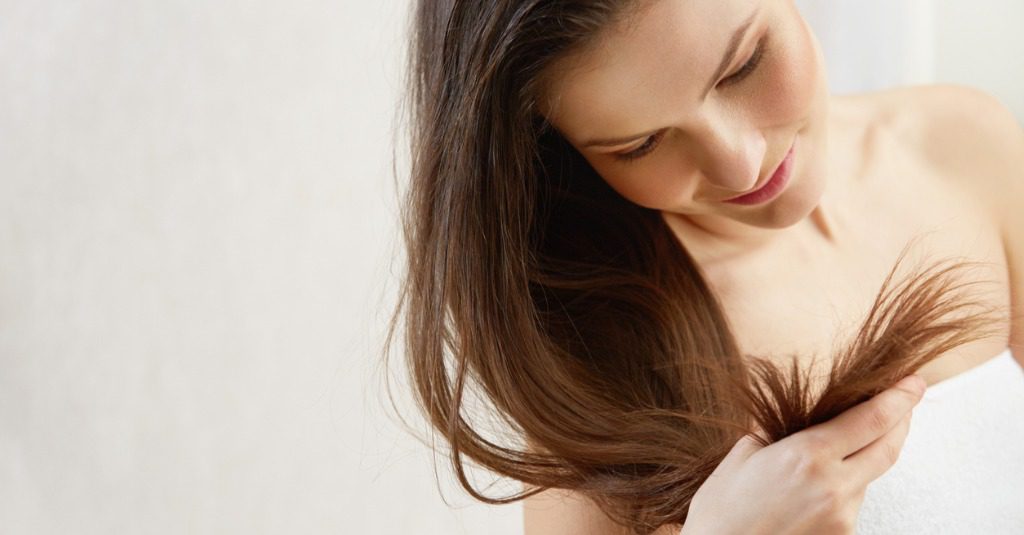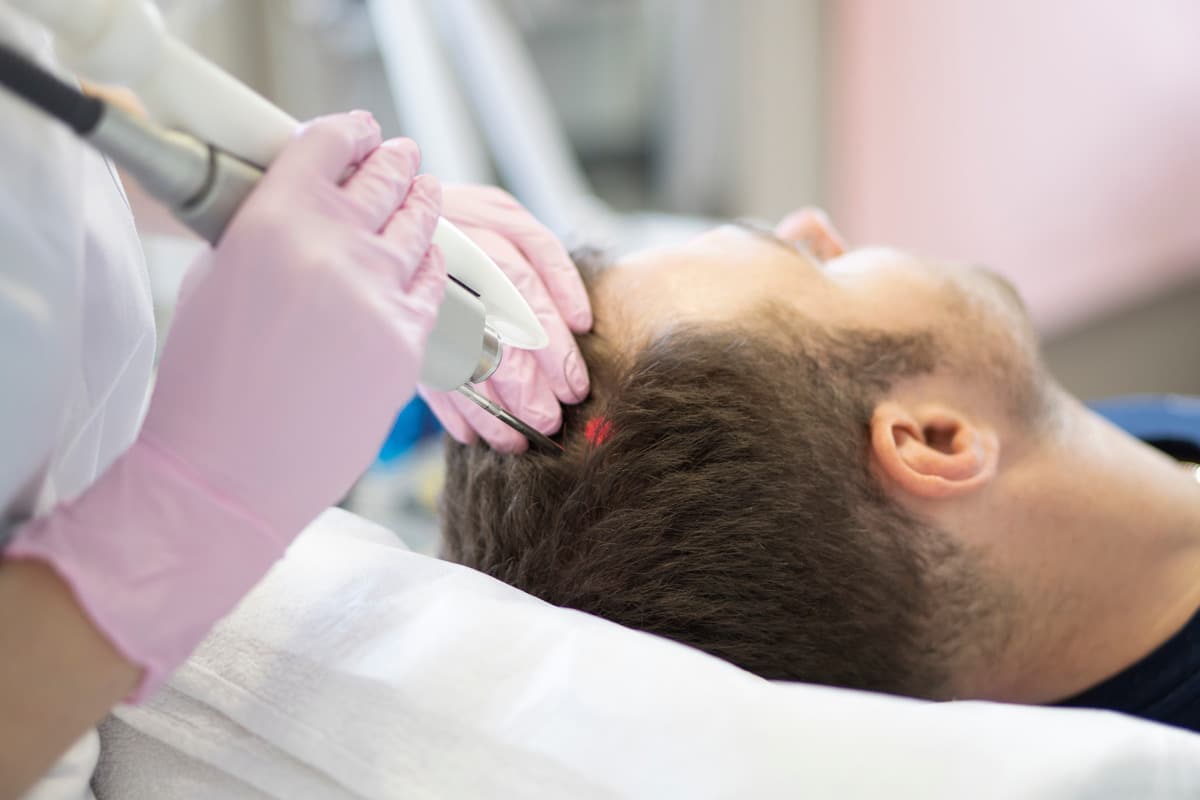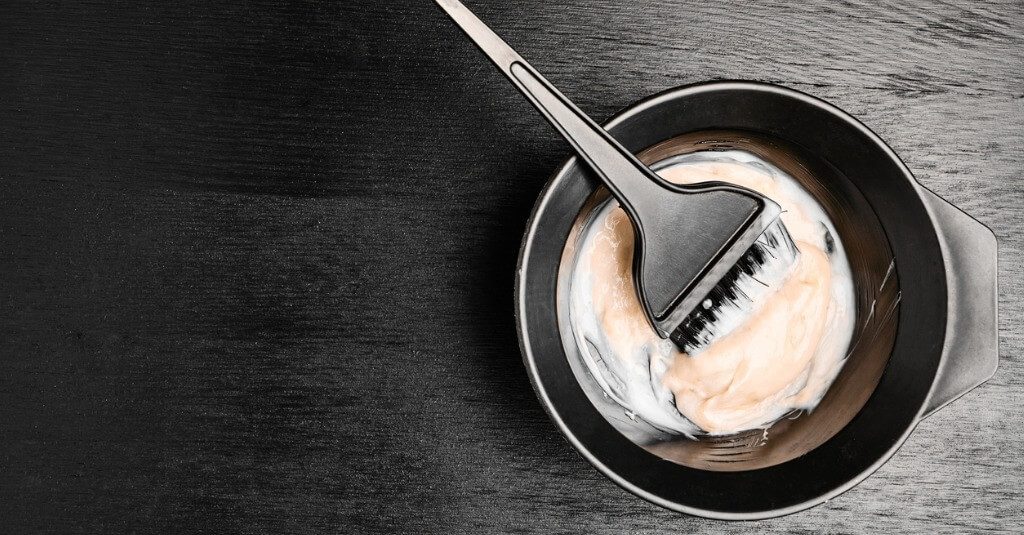Understanding the Hair Growth Cycle

Do you ever wonder how the hair on your scalp grows or falls out? Understanding the natural hair growth cycle is important when it comes to optimizing hair growth and reducing hair shedding. Keep reading to learn more about the hair structure and the stages of hair growth.
Hair Structure
The hair is made up of two parts: the follicle and the shaft. Each hair on your head and body arises from a follicle, which is made of multiple layers of cells that work together for a single purpose, to produce a hair. The hair follicle is what anchors the hair into the scalp.
Your hair shaft is the part of your hair that is not anchored to the follicle and can be seen above your scalp. It is composed of a hard protein called keratin and a protective layer called the cuticle.
Hair Growth Cycle
The hair growth cycle is composed of four distinct phases:
Anagen: Growing Phase
Anagen is the growing phase in which the follicle is actively lengthening its hair. The anagen phase is the longest phase in the hair cycle that lasts about 3 to 6 years before hair follicles become dormant.
The amount of time that a hair follicle stays in the anagen phase will depend on the individual’s genetics. Some people naturally have longer anagen phases than others.
Catagen: Transitional Phase
The catagen stage is the transitional part of the hair cycle. This phase typically only lasts two to three weeks, and approximately 3% of all hairs are in this stage. In the catagen phase, the hair follicles shrink, and hair growth slows.
Telogen: Resting Phase
After the short catagen phase, telogen begins. Telogen is the resting phase in the hair growth cycle, in which the hair is released, and the hair follicle rests for roughly three months. It is estimated that 10 to 15 percent of your hairs are in this phase.
Exogen: Shedding Phase
The exogen phase is considered to be an extension of the telogen phase. The exogen phase, also known as the shedding phase, is when the hair strands are released from their follicles and fall out. It is completely normal to shed between 50 to 100 hairs per day in this phase.
How Can the Original LaserCap Help You?
If you start to notice a significant amount of hair on your bathroom floor than usual, you may have telogen effluvium. Telogen effluvium is the name for a common cause of temporary hair loss that is often caused by a shock to the system, such as giving birth, a traumatic event or getting on a new medication or withdrawal of a hormone treatment.
Fortunately, there are ways you can stimulate cell growth and re-energize inactive hair follicles with the original LaserCap!
Advantages of LLLT for hair loss include:
- Safe and natural – Natural, drug free with no serious adverse side effects.
- Versatile – The LaserCap works for almost all hair loss patients and in combination with all other treatments for hair loss.
- Convenient – Do you have a busy lifestyle? Then LaserCap is for you! The LaserCap is portable and easy to use. Just insert LaserCap into your favorite hat, place it on your head, and turn it on for 30 minutes every other day.
With LaserCap’s prescription-strength low-level laser therapy (LLLT), you can slow, stop, or reverse your hair loss. Get your LaserCap today to restore your hair with the regenerative power of light!



